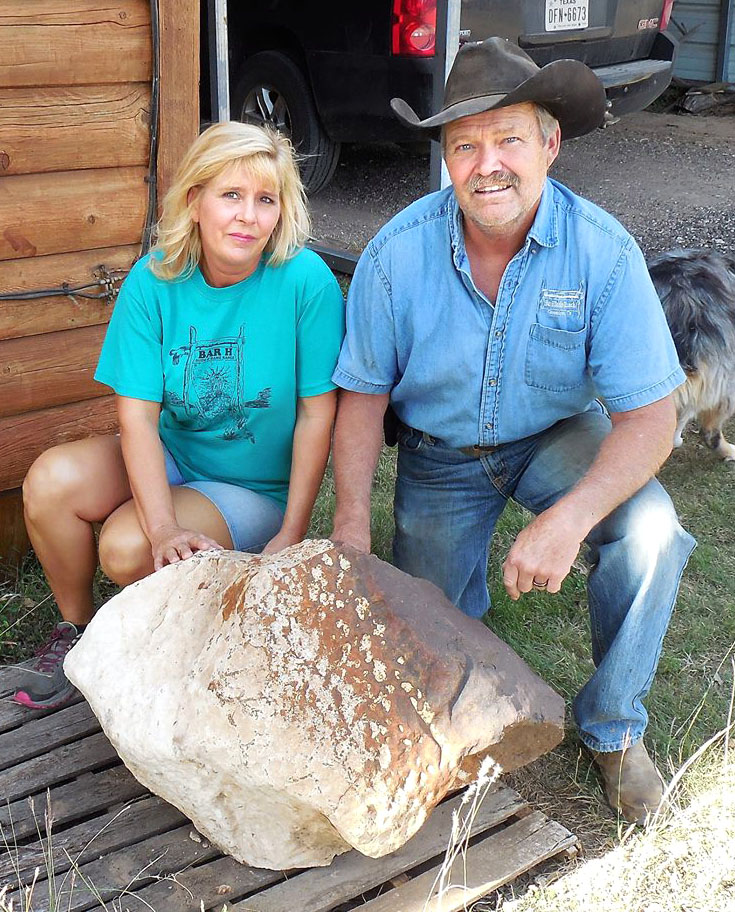
On April 6, 2015, Frank Hommel was leading a group of guests at his Bar H Working Dude Ranch on a horseback ride. The horses got thirsty, so Hommel and crew rode cross-country in search of a watering hole. Along the way, his horse Samson suddenly stopped and refused to go any further. Ahead of them was a rock sticking out of the sandy soil. Hommel had never seen his horse act this way before, so he dismounted to get a closer look at the red, dimpled mass. Something inside told him this strange, out of place boulder had to be a meteorite.
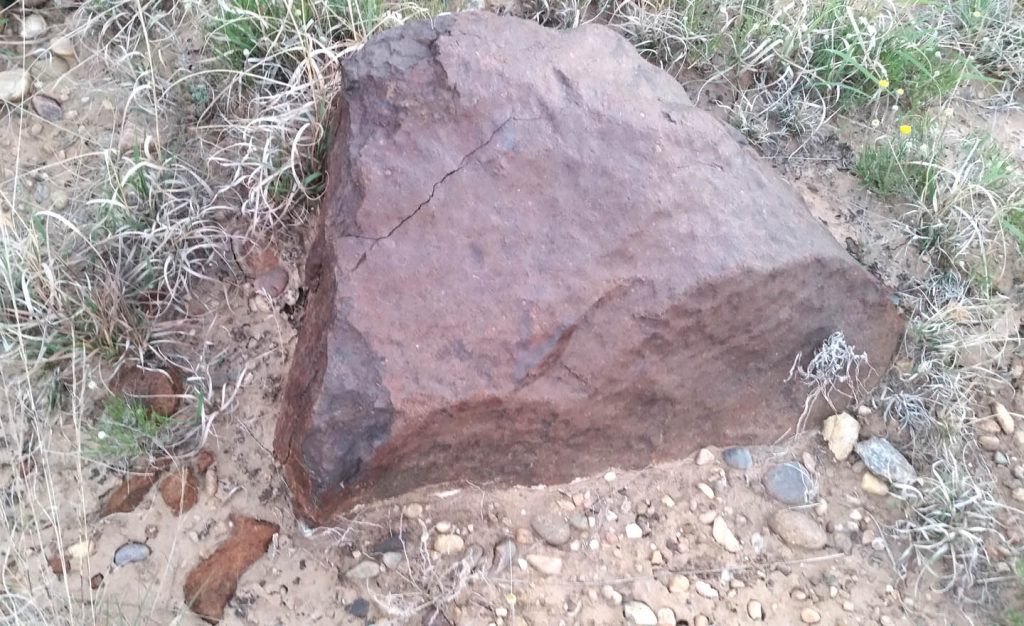
Here’s the crazy thing — Hommel’s hunch was correct. Lots of people pick up an odd rock now and then they think might be a meteorite, but in nearly every case it isn’t. Meteorites are exceedingly rare, so you’re chances of happening across one are remote. But this time horse and man got it right.
The rock that stopped Samson that April day was the real deal and would soon be classified and named the Clarendon (c) stony meteorite. Only the top third of the mass broke the surface; there was a lot more beneath the soil. Hommel used a tractor to free the beast and tow it to his home. Later, when he and his wife DeeDee got it weighed on the feed store scale, the rock registered a whopping 760 pounds (345 kilograms). Hommel with others returned to the site and recovered an additional 70 pounds (32 kilograms) of loose fragments scattered about the area.

At this point, Frank and DeeDee couldn’t be certain it was a meteorite. Yes, it attracted a magnet, a good sign, but the attraction was weak. Frank had his doubts. To prove one way or another whether this rusty boulder came from space or belonged to the Earth, DeeDee sent a photo of it to Eric Twelker of Juneau, Alaska, a meteorite seller who maintains the Meteorite Market website. Twelker thought it looked promising and wrote back saying so. Six months later, the family sent him a sample which he arranged to have tested by Dr. Tony Irving at the University of Washington.
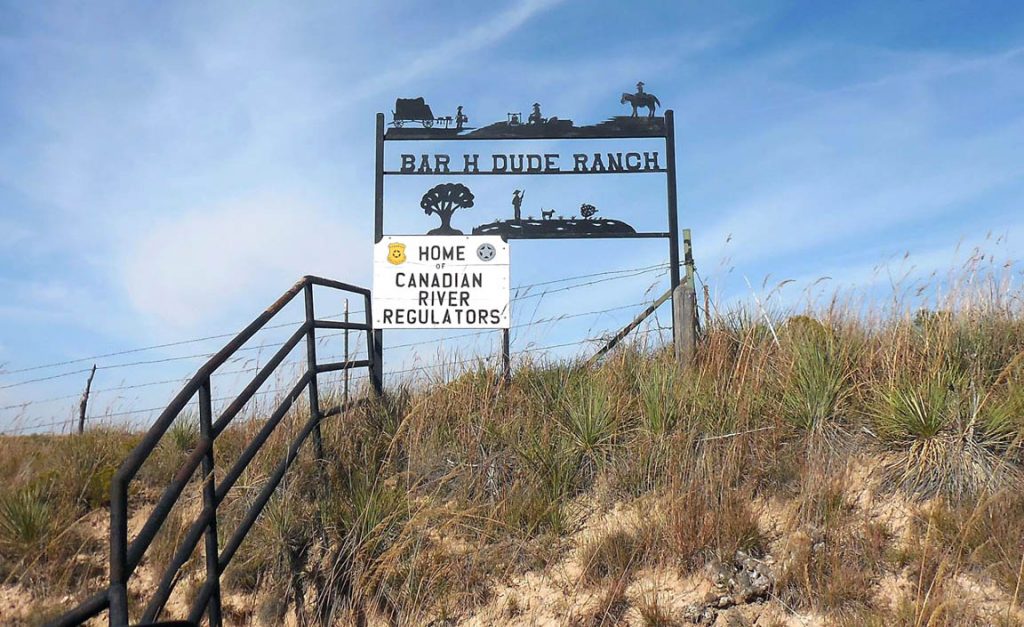
Irving’s analysis revealed bright grains of iron-nickel metal and an abundance of chondrules, round grains composed of minerals that were flash-heated into a “fiery rain” in the solar nebula 4.5 billion years ago. When they cooled, the melted material congealed into small solid spheres several millimeters across that were later incorporated into the planetary embryos that grew into today’s planets and asteroids. Finding iron-nickel and chondrules proved beyond a shadow that the Hommels’ rock was a genuine stone from space.
In an e-mail communication, Twelker recounted his part of the story:
“I get about six to a dozen inquiries on rocks every day. I try to answer all of them — and give a rock ID if possible. I have to say my patience gets tried sometimes after looking at slag, basalt, and limestone day after day. But if I am in the right mood, then it is fun. This one made it fun. Over the years, I’ve probably had a half dozen discoveries this way, but this is by far the most exciting.”
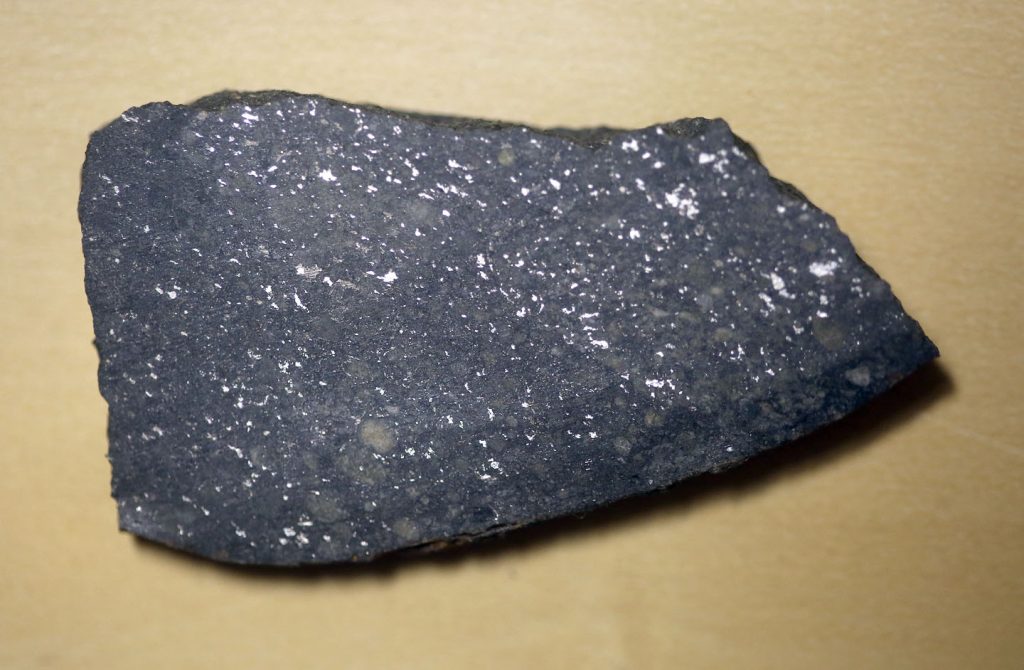
Irving pigeonholed it as an L4 chondrite meteorite. L stands for low-iron and chondrite indicates it still retains its ancient texture of chondrules that have been little altered since their formation. No one knows how long the meteorite has sat there, but the weathering of its surface would seem to indicate for a long time. That said, Hommel had been this way before and never noticed the rock. It’s possible that wind gradually removed the loosely-bound upper soil layer — a process called deflation — gradually exposing the meteorite to view over time.
Once a meteorite has been analyzed and classification, the information is published in the Meteorite Bulletin along with a chemical analysis and circumstances of its discovery. Meteorites are typically named after the nearest town or prominent geographical feature where they’re discovered or seen to fall. Because it was found on the outskirts of Clarendon, Texas, the Hommels’ meteorite took the town’s name. The little “c” in parentheses after the name indicates it’s the third unique meteorite found in the Clarendon area. Clarendon (b) turned up in 1981 and Clarendon (a) in 1979. Both are H5 (high metal) unrelated stony chondrites.
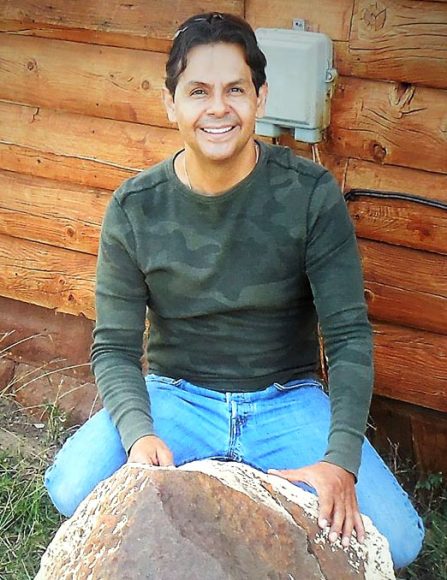
When Clarendon (c) showed up in the Bulletin late last month, meteorite hunter, dealer and collector Ruben Garcia, better known as Mr. Meteorite, quickly got wind of it. Garcia lives in Phoenix and since 1998 has made his livelihood buying and selling meteorites. He got into the business by first asking himself what would be the funnest thing he could do with his time. The answer was obvious: hunt meteorites!
These rusty rocks, chips off asteroids, have magical powers. Ask any meteorite collector. Touch one and you’ll be transported to a time before life was even a twinkle in evolution’s eye. Their ancientness holds clues to that deepest of questions — how did we get here? Scientists zap them with ion beams, cut them into translucent slices to study under the microscope and even dissolve them in acid in search of clues for how the planets formed.
Garcia contacted the Hommels and posed a simple question:
“Hey, you have a big meteorite on your property. Do you want to sell it?”
They did. So Mr. Meteorite put the word out and two days later Texas Christian University made an offer to buy it. After a price was agreed upon, Garcia began making plans to return to Clarendon soon, load up the massive missive from the asteroid belt on his trailer and truck it to the university where the new owner plans to put it on public display, a centerpiece for all to admire.
Visit the largest chondrite ever found in Texas
“How amazing to walk into a dude ranch and see a museum quality specimen,” said Garcia on his first impression of the stone. “I’ve never seen a meteorite this big outside of a museum or gem show.” Ruben joined Frank to collect a few additional fragments which he plans to put up for sale sometime soon.
So how does Clarendon (c) rank weigh-wise to other meteorite falls and finds? Digging through my hallowed copy of Monica Grady’s Catalogue of Meteorites, it’s clear that iron meteorites take the cake for record weights among all meteorites.
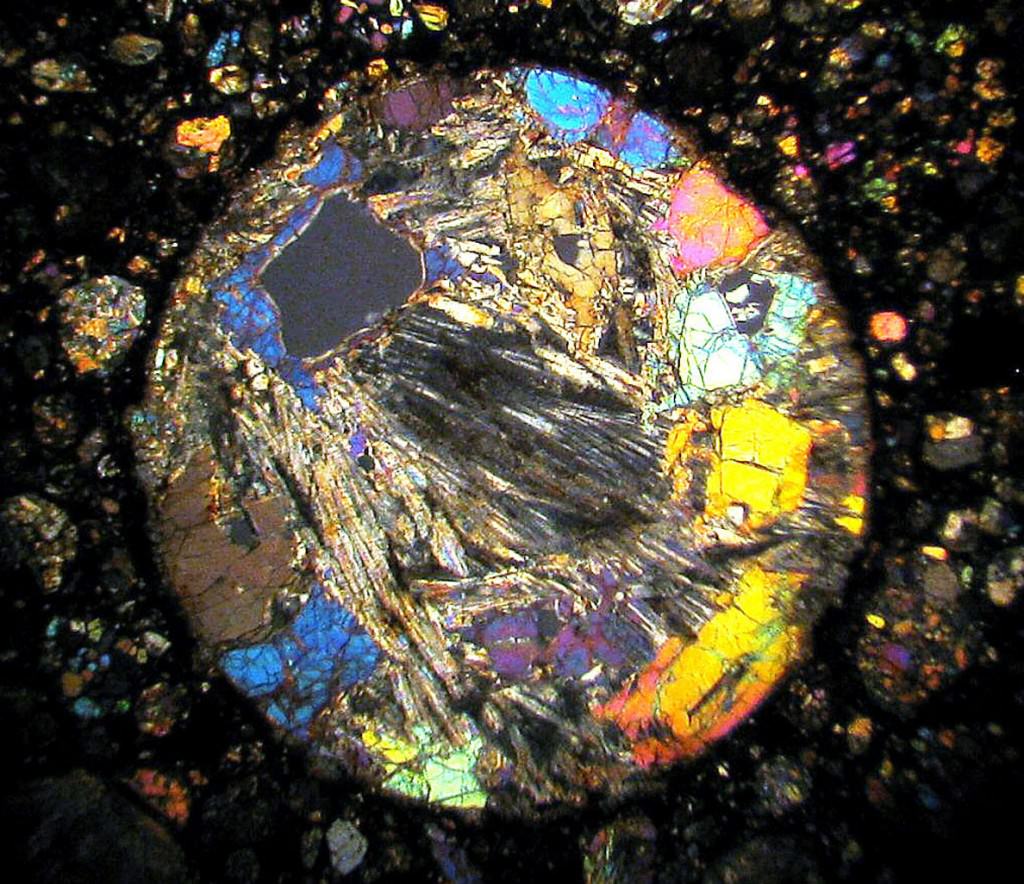
But when it comes to stony chondrites, Clarendon (c) is by far the largest individual space rock to come out of Texas. It also appears to be the second largest individual chondrite meteorite ever found in the United States. Only the Paragould meteorite, which exploded over Arkansas in 1930, dropped a larger individual — 820 pounds (371.9 kg) of pure meteorite goodness that’s on display at the Arkansas Center for Space and Planetary Sciences in Fayetteville. There’s truth to the saying that everything’s bigger in Texas.
Every meteorite has a story. Some are witnessed falls, while others fall unnoticed only to be discovered decades or centuries later. The Clarendon meteorite parent body spent billions of years in the asteroid belt before an impact broke off a fragment that millions of years later found its way to Earth. Did this chip off the old block bury itself in Texas soil 100 years ago, a thousand? No one can say for sure yet. But one April afternoon in 2015 they stopped a man and his horse dead in their tracks.
*** If you’d like tips on starting your own meteorite collection, check out my new book, Night Sky with the Naked Eye. It covers all the wonderful things you can see in the night sky without special equipment plus additional topics including meteorites. The book publishes on Nov. 8, but you can pre-order it right now at these online stores. Just click an icon to go to the site of your choice — Amazon, Barnes & Noble or Indiebound. It’s currently available at the first two outlets for a very nice discount:

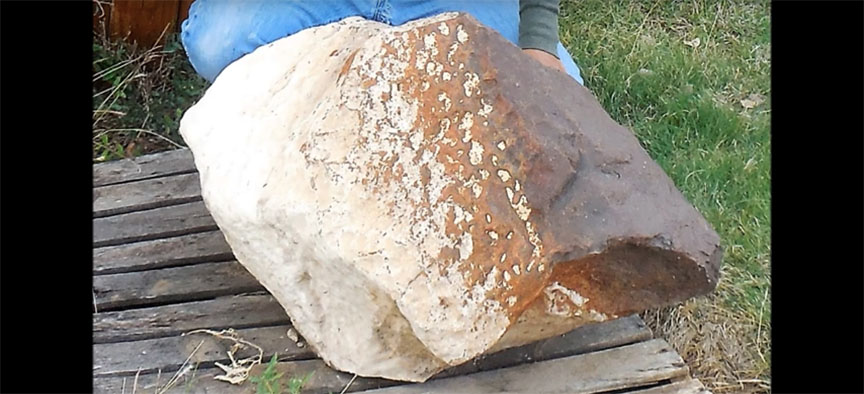
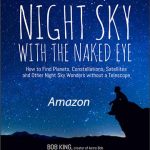
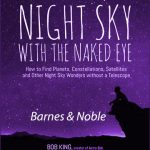

WOW! That is such the VERY groovy cool story! I want a horse like that! One wonders .. true? Props an ‘expanded’ bit of truth? You know how folks who love their horses are…
Regardless… way double extra groovy cool! MY meteorite turned out to be a lava bomb.. still looking.
Thanks Aqua!
That should have left a fairly significant impact crater . . .
Altizar – it probably once did leave a significant hole, later filled in.
We all want to know why his horse, Samson, suddenly stopped and refused to go any further… What was it about the meteorite that caused Samson to stop?
Yes, redriver! That’s what I’d like to know. Why did horse Samson stop? Amazing!
RedRiver – Wish I knew! Maybe the horse thought the rock looked totally out of place. Maybe the color?
Great story told in an informative way – thanks Bob.
I have a small meteorite also from Texas and a similar type so i will have to weave this story into my normal meteorite yarn.
Monica Grady is still going well when I last had a brief chat at NAM 2016
Roseland Observatory.
Thank you so much, Brian! Glad to hear about Monica. I was happy I had that hard copy. It made researching easier 🙂